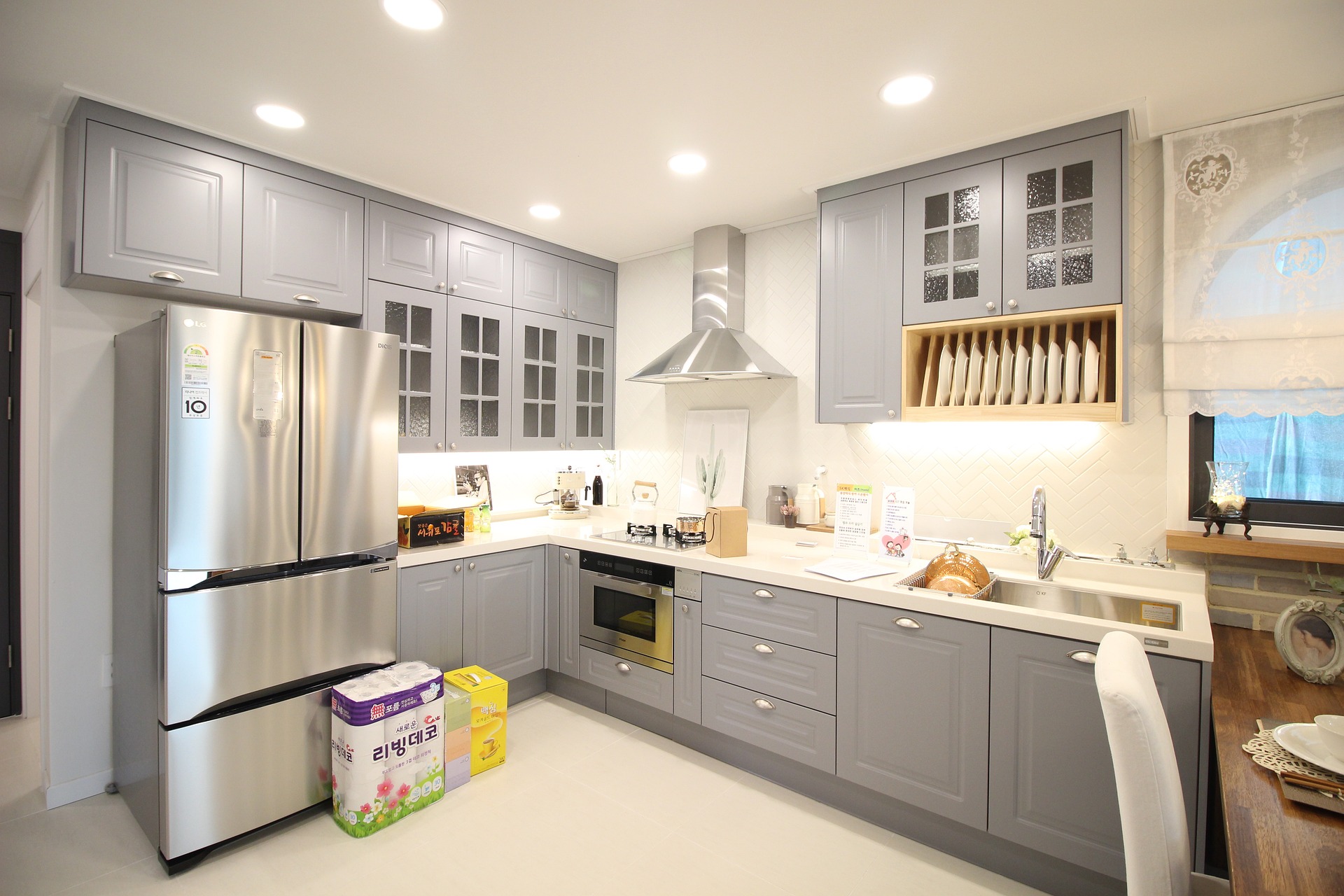Outdoor Kitchen Design and Use for Backyard Patios
An outdoor kitchen can extend living space, rearrange how you entertain, and make backyard meals more convenient. Whether you have a compact patio or a large yard, planning the right layout, equipment, and workflow helps you get consistent results from outdoor cooking and protects your investment. This article explains practical design choices, grill options, cooking approaches, layout planning for the backyard, and maintenance considerations to help you plan an outdoor kitchen that fits your needs.
What defines an outdoor kitchen?
An outdoor kitchen is any organized cooking and food-preparation area located outside the main house. Typical elements include a built-in grill, work surfaces, storage, and sometimes refrigeration or sinks. The level of permanence varies: portable carts and standalone grills offer flexibility, while masonry islands or fully plumbed setups create a stable extension of indoor spaces. When defining yours, consider intended use (frequent family meals vs. entertaining), local climate, and available utilities such as gas and electrical supply. These factors affect material choices, ventilation needs, and whether to design for seasonal or year-round use.
Choosing a grill for your setup
Selecting the right grill is central to an outdoor kitchen because it largely determines cooking style and infrastructure needs. Gas grills heat quickly and are easy to control, while charcoal and pellet grills provide different flavor profiles and temperature ranges. Consider size relative to typical group sizes, BTU or wattage ratings for heating capacity, and durable materials—stainless steel components resist corrosion in many climates. Also think about fuel availability in your area and whether you want a built-in grill that integrates into a counter or a freestanding unit that can be moved. Accessories like rotisseries, searing stations, or smoker boxes expand capability without changing the primary appliance.
Cooking techniques suited to patio meals
Outdoor cooking spans simple grilling to multi-step techniques like smoking, rotisserie roasting, and plancha searing. For weeknight patio meals, high-heat direct grilling or sheet-pan grilling are efficient and require minimal cleanup. For leisurely weekend sessions, low-and-slow smoking or indirect grilling yields tender results but needs longer unattended time and temperature monitoring. Balance what you enjoy cooking with how much time you want to spend outdoors; some techniques require more tools, thermometer use, and fuel management. Incorporating prep space near the grill and a sheltered area for plating helps maintain food safety and ease when serving on the patio.
Planning a backyard layout for flow
Good layout supports a natural workflow from food storage to preparation, cooking, and serving. Place refrigeration and storage within reach of prep surfaces, keeping the grill at a safe distance from combustibles and traffic paths. A common arrangement is a “work triangle” linking fridge/sink, prep surface, and grill to minimize steps during cooking. Consider seating and sightlines so hosts can interact with guests while cooking. If utilities are limited, position the outdoor kitchen where running gas lines or electrical supply is practical; portable options are an alternative when permanent installations are impractical. Also assess drainage, lighting for evening use, and coverage options (pergolas or fixed roofs) to protect appliances and users.
Maintenance and safety on the patio
Maintenance extends the life of outdoor kitchen components and keeps cooking safe. Routine tasks include cleaning grill grates, checking gas connections for leaks, and protecting metal cabinets from moisture and salt if you live near coasts. Use materials that tolerate outdoor exposure—porcelain tile, sealed natural stone, and stainless steel are common choices—but they all benefit from periodic sealing or cleaning. Install a fire extinguisher rated for grease fires and ensure proper ventilation if the cooking area is under partial roof. Store combustible materials away from hot surfaces and keep children and pets at safe distances while cooking. Seasonal checks—especially before winter—help spot wear, electrical issues, or pest intrusion.
Conclusion
Designing and using an outdoor kitchen involves matching equipment and layout to how you like to cook and entertain. Careful selection of a grill, sensible cooking techniques for your patio space, thoughtful backyard layout, and regular maintenance improve usability and durability. With clear priorities around function, weather protection, and safety, an outdoor kitchen can become a versatile extension of your home’s living and dining areas.







